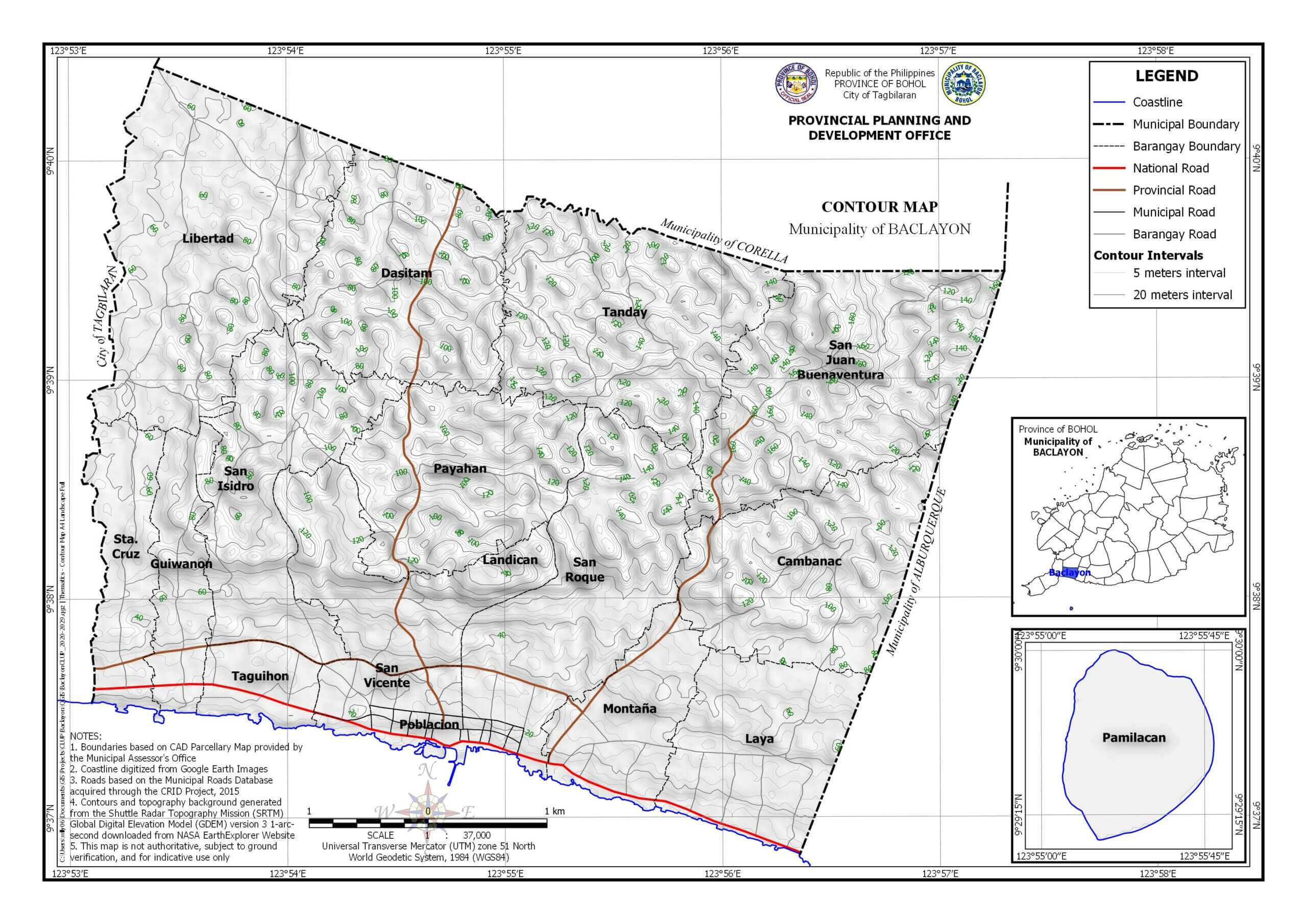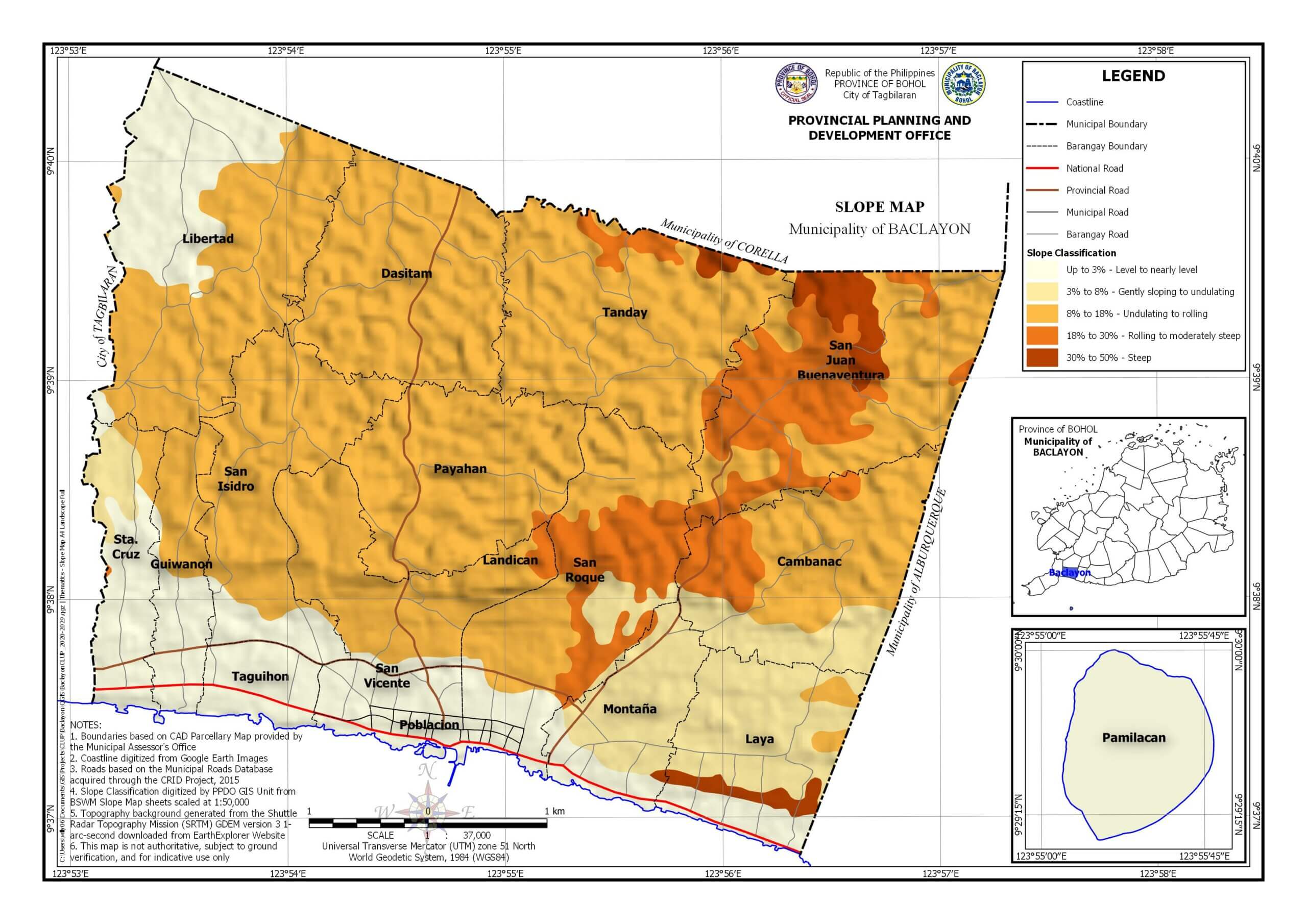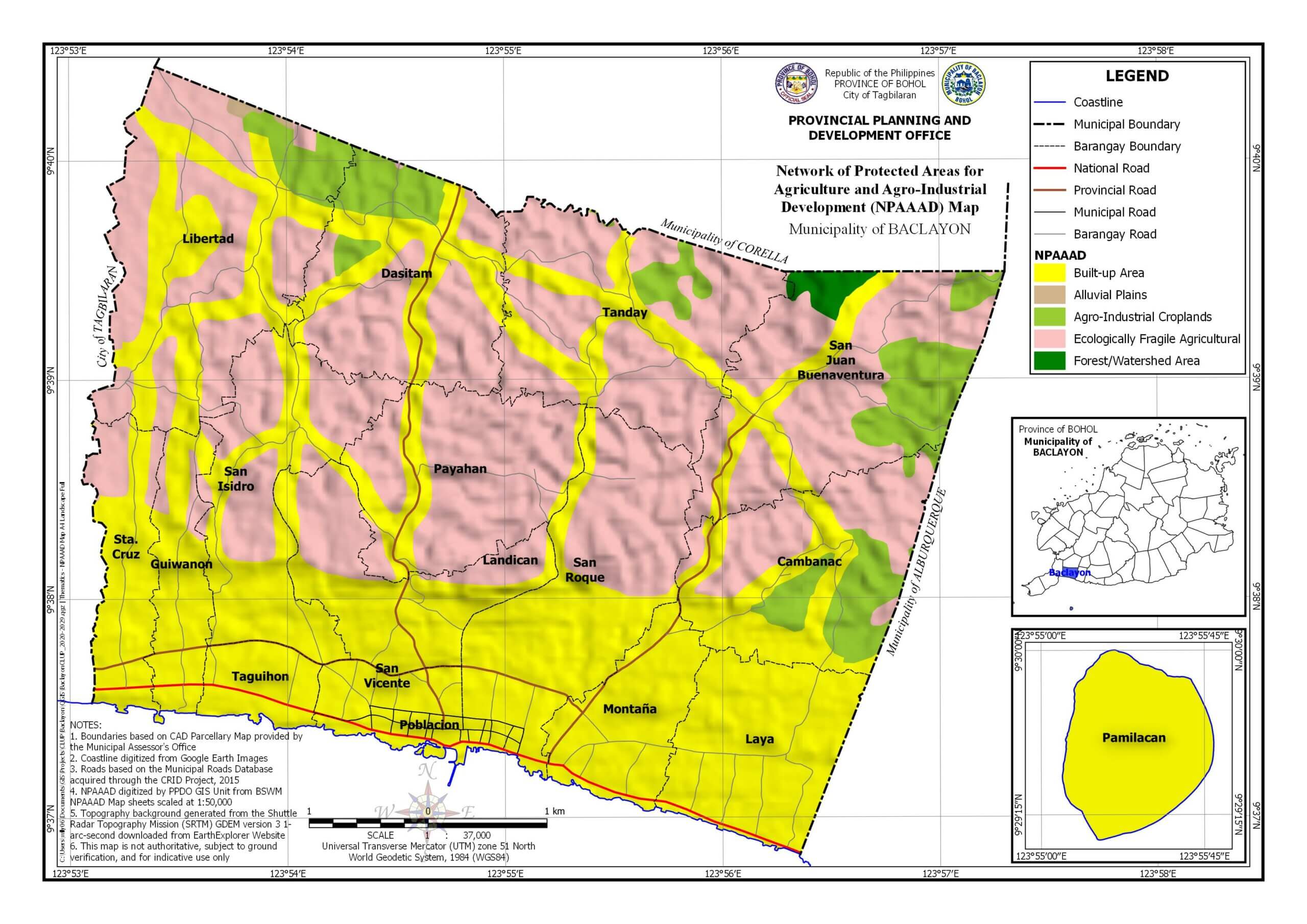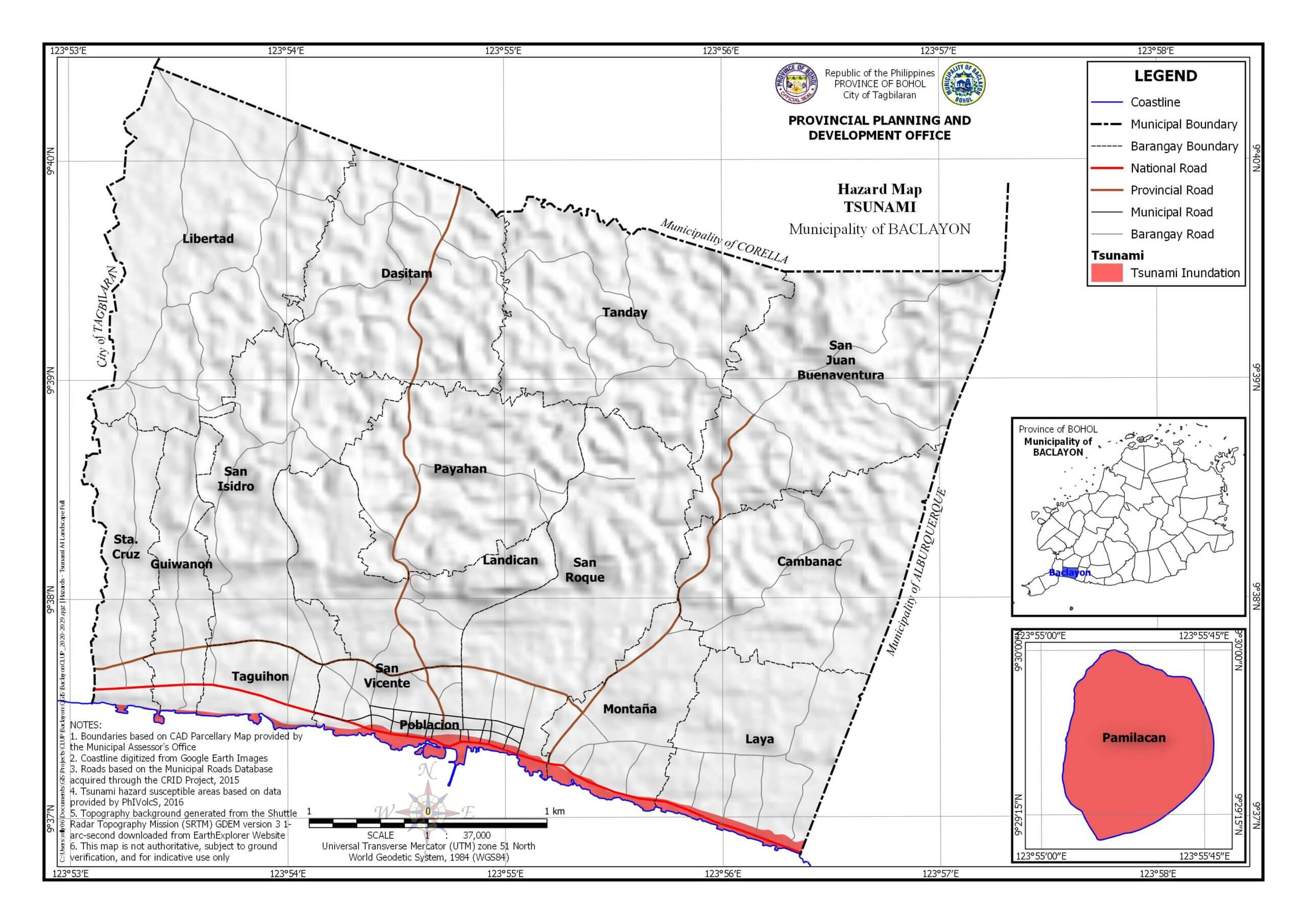history
Baclayon was the first municipality to be established in Bohol by the Spaniards and included originally the areas now made up by the municipalities of Alburquerque, Balilihan, Corella, and Sikatuna. Its original name was Bacayan, from the root word bacay, meaning “detour” in reference to the fact that travellers used to make a detour there around a rocky cliff.
In 1595, two Jesuit priests, Juan de Torres and Gabriel Sanchez, arrived in Bohol to convert the local populace to Catholicism. With native help, they built a stone church which is considered as one of the oldest stone churches in the Philippines, and marked the beginning of the town. In 1600, Moros raided the fledgling settlement, which prompted the Jesuits to relocate their residencia to Loboc.
In 1717, Baclayon gained status of a parish. In 1742, Tagbilaran was separated from Baclayon, followed by Alburquerque in 1868, Balilihan in 1828, and Corella in 1884.
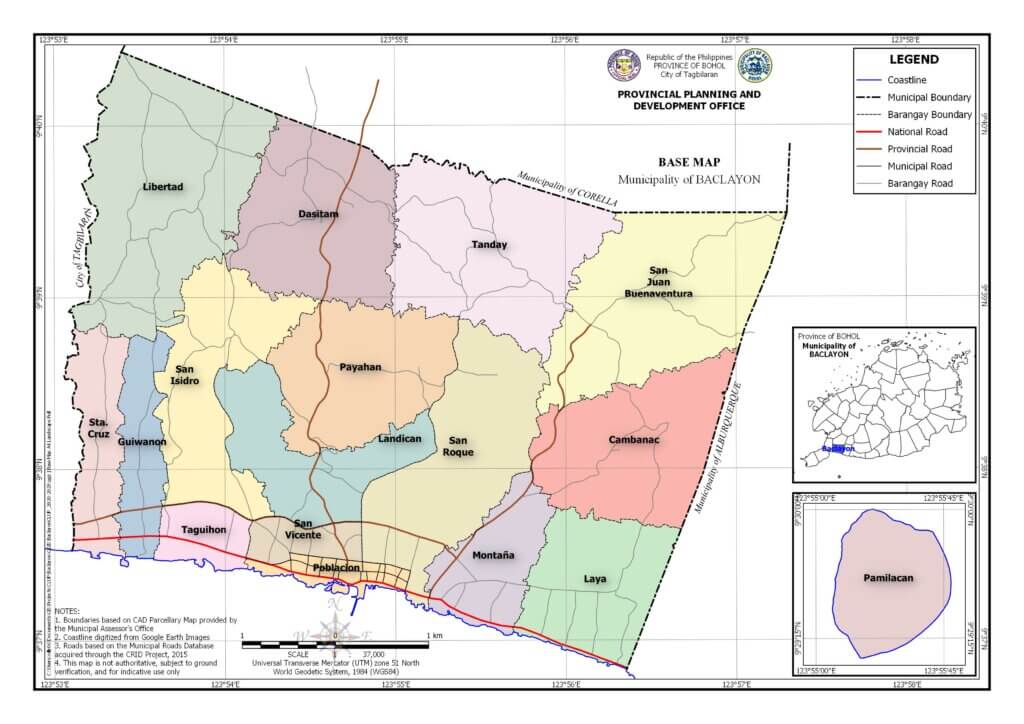
Municipality of Baclayon: Local Government

Mission
To strengthen a dynamic and responsible Local Government Unit with a commitment to provide a more progressive life to its people by enhancing the town’s human resources, environment and preserving its cultural heritage.
Vision
A sustainable eco-cultural tourist destination with an empowered and God-loving people who stand for responsible stewardship over material things and humble of their cultural heritage in their quest for an efficient and effective governance aiming to create an economically sound, peaceful and orderly community.
Facts And Figures
Location | Southern Part of Bohol |
Congressional District | 1st District |
Number of Barangay’s | 17 Barangay’s |
Income Classification | 4thClass ( Per Bureau of Local Government Finance 2008 ) |
Average LGU Annual Income | P30,413,152.00 |
Total Municipal Land Area | 3,365 Hectares |
Timberland Area | None |
Soil Cover | Faraon, Bolinao and Lugo Clay |
River Basin | Tagbuane RB |
Population | 18,015 ( 2007 NSO Census ) 19,608 ( 2010 Projected ) 22,599 ( 2015 Projected ) |
Average Population Growth Rate | 2.88% (2000-2007) |
Total Number of Households | 3,546 ( 2007 Census ) |
Major Industries | Farming, Fishing |
Literacy Rate | 95.6% |
Language Dialect | Boholano ( Binisaya ) |
Main Source of Potable Water | Groundwater |
Water Supply | L1 Facilities – Serving 5,664 People L2 Systems – Serving 448 People L3 Systems – Serving 7,109 People |
Potable Water Demand | 1,912 Cubic Meters Per Day ( CUM/D ), CY 2007 3,159 CUM/D ( CY 2030 Projection ) |
Water Demand for Irrigation | None |
Energization Status ( as of CY 1999 ) | 17 (100%) Barangay’s Energized 3,946 Total Number of HH Served 100% HH Connections Served ( December 2009 ) |
No. oF HH w/ Accessed To Sanitary Toilets | 2,765 ( CY 1998 ) |
Drainage and Sewerage System | None |
Number of Secondary School | 1 ( CY 2008 ) |
Number of Primary/Elementary | 6 ( CY 2000 ) |
Religion/Religious Affiliation | 97% Roman Catholic ( CY 2000 ) |
Number of Barangay Health Stations | 5 (29.4 %) |
Number of Day Care Centers | 15 ( 88.2% ) |
Carpable Areas | ( No Data Yet Submitted By LGU ) |
Total Road Length | 77.89 Kilometers |
Total Number of Bridges | 9 |
Communication Systems | Pldt, Globe Lines, and Cruztelco Telecommunications Facilities Have Their Own Respective Households Subscribers Within The Municipality |
MAPS
Source: https://ppdo.bohol.gov.ph/

